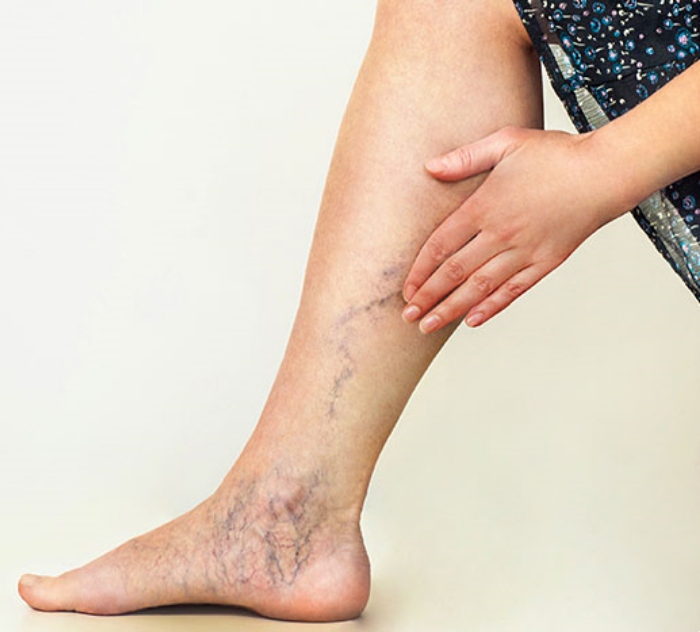
What is Varithena® foam sclerotherapy?
What Is Varithena Foam Sclerotherapy?
Varithena foam sclerotherapy is an advanced treatment for varicose veins. This minimally invasive procedure involves injecting a specially formulated foam into the affected veins, causing them to collapse and gradually be absorbed by the body.
How Does Varithena Work?
The foam used in Varithena sclerotherapy has unique properties that make it more effective than traditional liquid sclerotherapy. It doesn’t mix with the blood in the vein, allowing it to work longer and more efficiently. This results in better outcomes for patients with varicose veins.
Benefits of Varithena Foam Sclerotherapy
Varithena foam sclerotherapy offers several benefits:
Minimally Invasive: The procedure requires no incisions, reducing recovery time.
Effective: The foam treatment effectively eliminates varicose veins.
Quick Recovery: Most patients can return to their normal activities shortly after the procedure.
Why Choose Tinsley Surgical for Varithena Treatment?
At Tinsley Surgical, our experienced team uses the latest techniques and technologies to ensure the best possible outcomes for our patients. If you’re suffering from varicose veins, Varithena foam sclerotherapy may be the right solution for you.
Schedule Your Consultation Today
If you are interested in Varithena foam sclerotherapy, contact Tinsley Surgical in Wilmington, NC. Schedule your consultation by calling our office or uploading your online consultation VeinPix images here.
Upload your online consultation VeinPix images here.
Schedule AppointmentRisk factors for spider veins include:
- Standing for long periods
- Being overweight
- Having relatives with spider veins
- Being pregnant
- Using birth control pills
- Taking hormone replacement therapy
- Going through menopause
In many cases, you can have laparoscopic surgery as an outpatient, going home the same day as your procedure.
Commonly asked questions about Varithena® foam sclerotherapy:
Spider veins are clusters of tiny red, blue, or purplish blood vessels visible on the skin’s surface. While not medically dangerous, spider veins are primarily a cosmetic concern. However, they can indicate an increased risk of developing varicose veins—larger, bulging veins in the legs that may cause discomfort.
Commonly found on the face and legs, spider veins can impact self-esteem. At Tinsley Surgical, our team offers effective treatments to eliminate spider veins and improve aesthetic appearance.
Spider veins are primarily caused by valve dysfunction in the veins. These veins play a crucial role in the circulatory system, as arteries carry oxygen-enriched blood away from the heart, while veins return used blood back to the heart. Valves in the veins ensure blood flows toward the heart and prevents it from flowing backward.
When these valves malfunction, blood can leak backward, leading to swelling and the visible appearance of veins under the skin. When this occurs in larger veins, it results in varicose veins, while in smaller blood vessels known as capillaries, it causes spider veins.
Varicose veins are a prevalent issue, primarily affecting the legs but can occur elsewhere in the body. These veins become enlarged and visibly protrude through the skin, appearing as blue or purple lines and loops. With progression, they may twist and bulge outward.
While some individuals may have varicose veins without symptoms, many experience discomfort such as leg aching, discomfort, itching, or tenderness. In severe cases, varicose veins can lead to ulcers, causing open sores that are challenging to heal. Additionally, they can pose a risk of blood clot formation, potentially leading to thrombosis or pulmonary embolism if a clot dislodges and travels to the lungs.
Varicose veins develop when the valves inside your veins stop working as they should. The valves are meant to keep blood flowing from your veins back to your heart. If they aren’t working correctly, blood can build up, trickling back up the vein and pooling, so the vein swells.
The more blood that pools in the veins, the more they swell and bulge, and the more likely they are to cause you discomfort.
